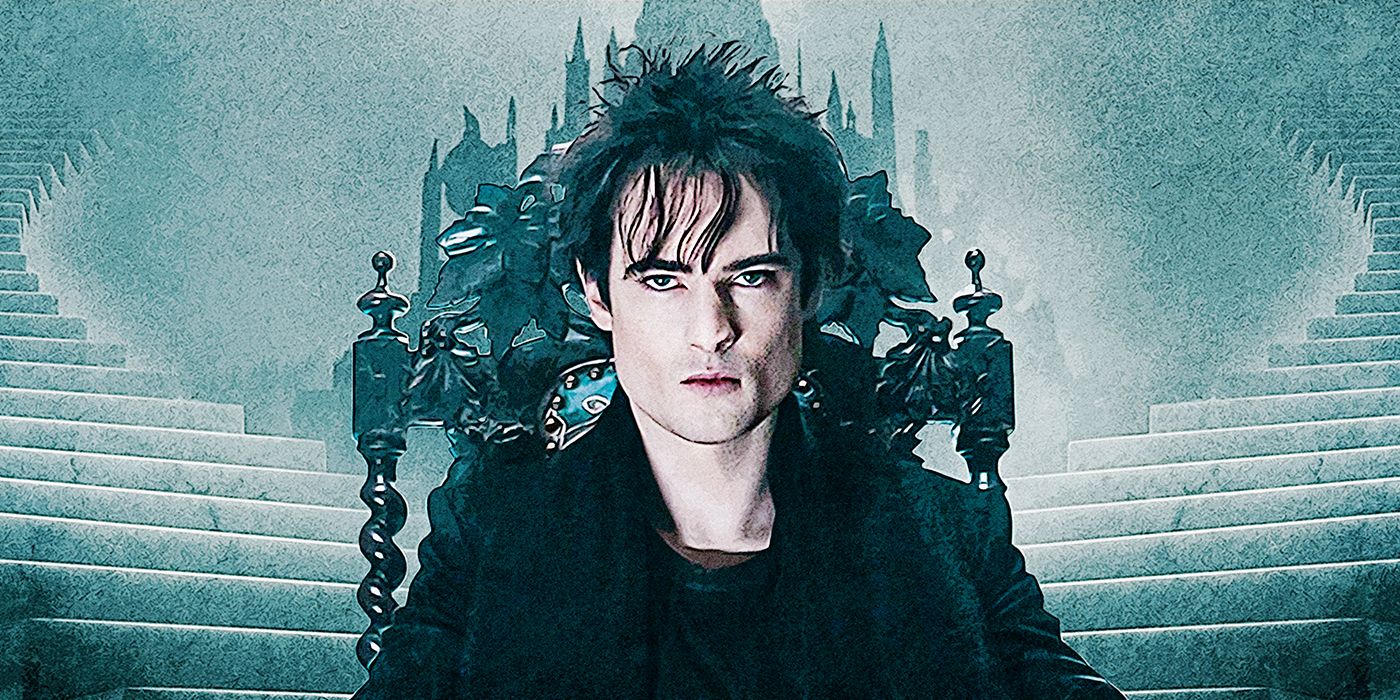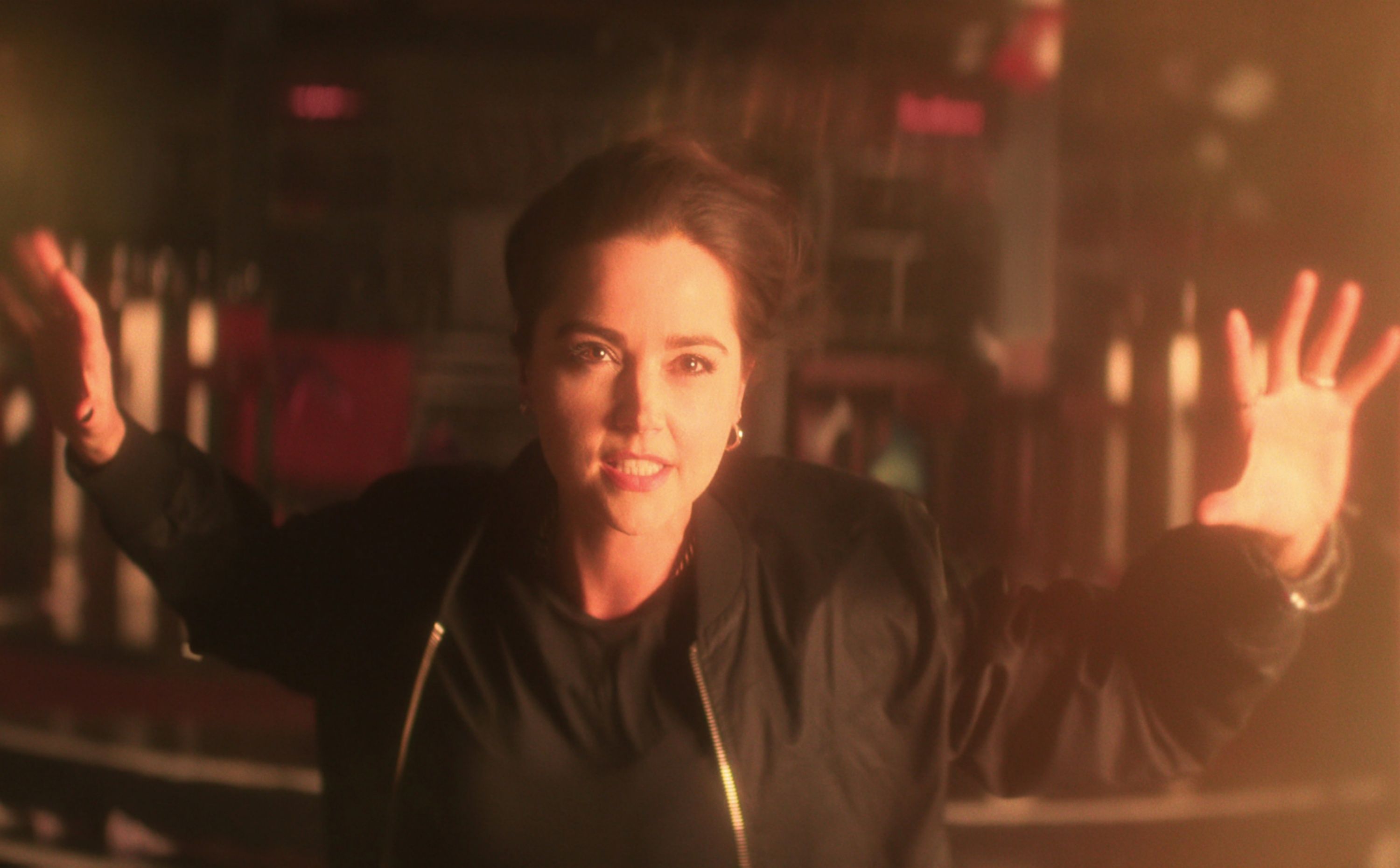By the time Neil Gaiman published the final issue of his comic book The Sandman in 1996, he'd created a world populated with a wide array of characters, each with a significant purpose for the overall story. Decades after the successful comic book run ended, Gaiman finally found the right opportunity to adapt his story for a live-action series on his terms at Netflix. Adapting something like a novel or a comic book for a show takes a delicate balance between wanting to attract a wider audience and satisfying the established fanbase. The success of an adaptation is quite often dependent on how faithfully they stick to the source material, and reimagining characters or small plot lines in the story can be a huge risk. However, Gaiman has proven that he knows exactly when to take those risks; he produced and wrote for other shows based on his works, like Good Omens or American Gods, but he has truly honed his craft of successful adaptations with The Sandman.
One of the more obvious changes was the re-framing of John Constantine as Johanna, brilliantly portrayed by Jenna Coleman. The only aspect of Constantine that was redefined was the gender of the character; otherwise, the crass, bisexual, narcissistic, fearless demon slayer is still very much present in this adaptation. Constantine is considered a hero because of their compulsion to clean up the messes that demons and inexperienced magic users cause here on earth, and the first few minutes of the third episode show the audience that is exactly who this version of Constantine is.
A deeper truth about the character of Constantine is the guilt they carry with them over all the loved ones who have been hurt or killed simply for having known them, and we see firsthand how Johanna experiences this guilt when she discovers her ex Rachel dying, before confidently demanding that Dream of The Endless do something to help. Even though Morpheus is able to give Rachel a peaceful ending, it isn't necessarily enough to ease Johanna's guilt. Later, in the fifth episode, Constantine's ancestor that attempts to abduct Morpheus and Hob Gadling is the same Johanna Constantine from the comic book, so Gaiman essentially took a character he had created and tweaked her descendent to be a Johanna instead of a John.
Another of the bigger changes in The Sandman's live-action adaptation was the casting of Gwendoline Christie as Lucifer, a choice that not only challenges the general audience's past conceptions of this fictional character but also contradicts other religious depictions. The most common illustrations of the Devil over recent decades portray a male figure with red skin, two horns, a pointed tail, and a pitchfork, and most Biblical interpretations also use he/him pronouns in stories describing Lucifer. In the original Sandman comic books, Gaiman portrayed Lucifer as a male figure, with David Bowie having a strong influence on his design at the time. Just as with Constantine, Lucifer is reinvented by stripping away all the surface-level identity characteristics and examining the essence of the character. Lucifer is described as an angel who was cast out of heaven due to pride in their beauty and jealousy of mankind. The casting of Christie directs the audience's attention to Lucifer's angelic beauty instead of an otherwise attempt to use a traditionally masculine Satan to immediately inspire fear in the audience, and the risk pays off wonderfully. Christie's stature alone makes her an intimidating figure, but her soft, bright facial features make the beauty of Lucifer stand out in this adaptation, which proves to be a great reminder that the ruler of Hell is a fallen angel.
A few characters from The Dreaming also evolved in meaningful ways in this adaptation. In the comic book, the nightmares that ensnare Jed's dreams are named Brute and Glob. In the show, however, they are replaced entirely with the shape-shifting nightmare Gault. The nightmare disguises itself as Jed's mother so they can live in Jed's dreams, and then separates Jed's dreaming from the rest of the dreaming so no one can find them. Jed's dreaming in the comic book story is far more complicated, and with the small changes also made to the character of Rose Walker, this singular shape-shifting nightmare made a lot more sense for the story than the one-dimensional Brute and Glob. In addition to Gault, Lucien is another of the main characters in The Dreaming that was brought back to their essence and reimagined in a slightly different form. Instead of the wizened old Head Librarian in Dream's castle, with his light brown hair swooping upwards, Black actor Vivienne Acheampong was cast in the part, and she is a spectacular representation of the character. Throughout her performance in Season 1, Acheampong brings all the anxiety and concern that Lucienne possesses for her master Morpheus to each moment of her performance, those same fears and concerns that we see rendered in every wrinkle on the face of the comic book's version.
These changes were barely noticed by some, totally triggering to others, and ultimately inspiring to many. Mass media representation has an immense impact on marginalized communities, and many within in the realms of race, sexuality, and gender can find a character in this show to relate to in some way. That's clearly something that was incredibly important to Gaiman as well — who has, in fact, vehemently and repetitively defended his decisions on social media of all kinds against the nay-sayers who wanted to complain about the show's changes from the comic books. Gaiman's intentional revamping of a few of his major characters, while keeping the show true to the overall original story, is a balancing act that most writers and producers only Dream of. He has found the perfect balance of introducing his exhilarating story to a lot of new audience members while making a lot of fans of the comic book extremely happy, and that's merely one of the reasons why this adaptation has proven to be so successful.
The Sandman's first season is currently available to stream on Netflix.


